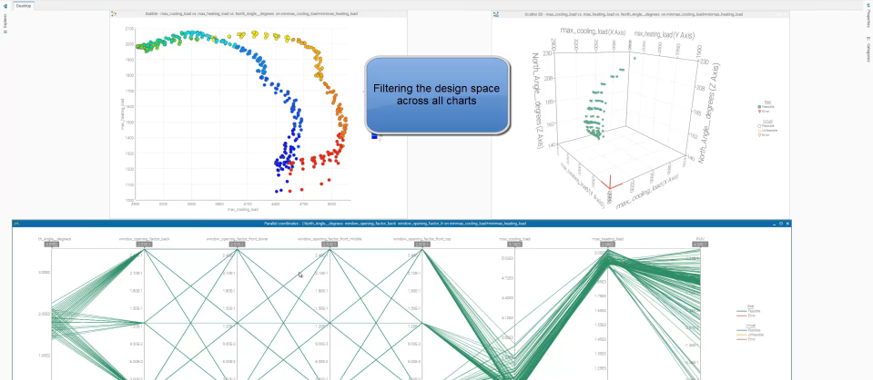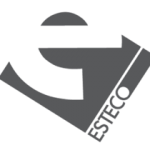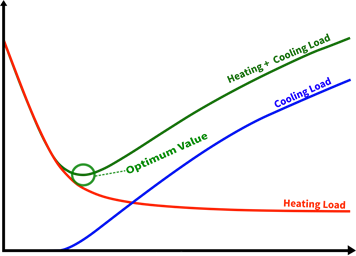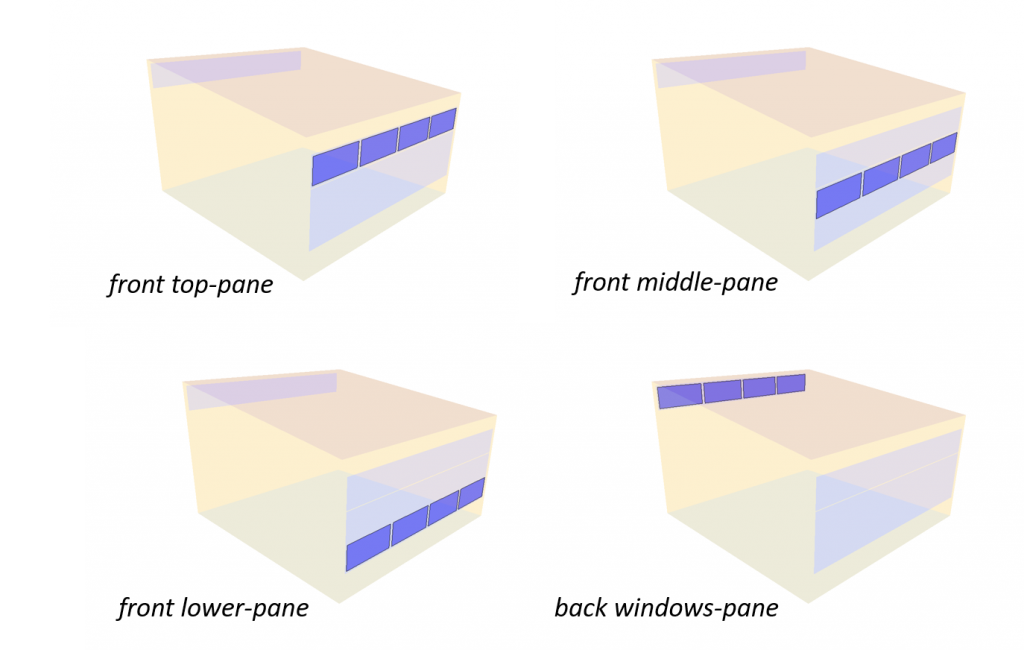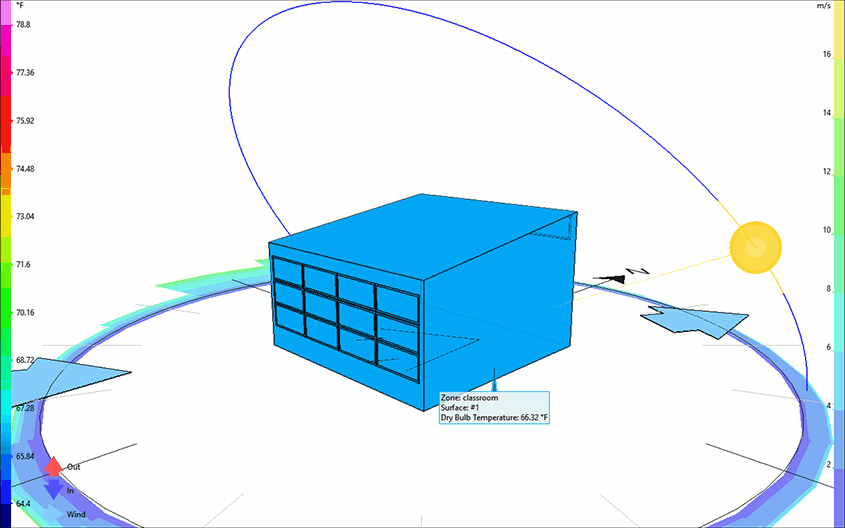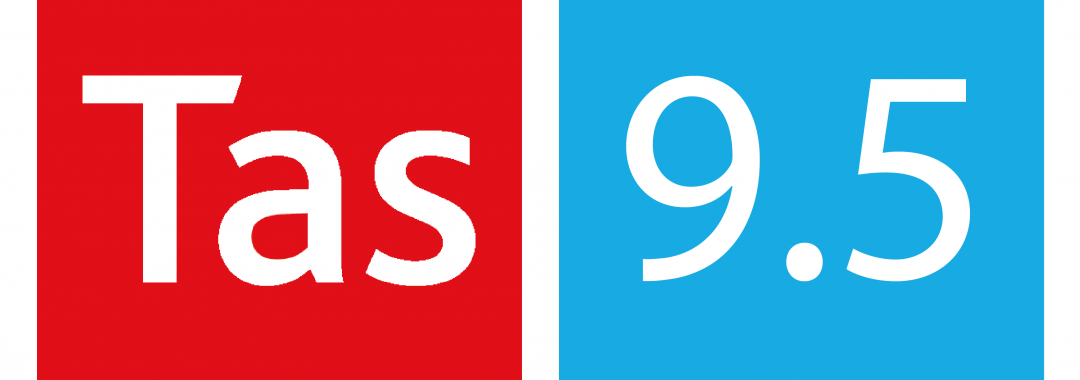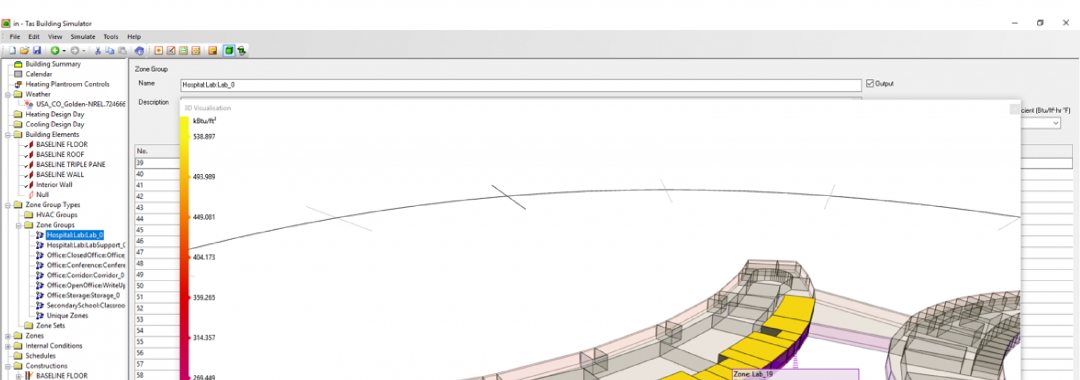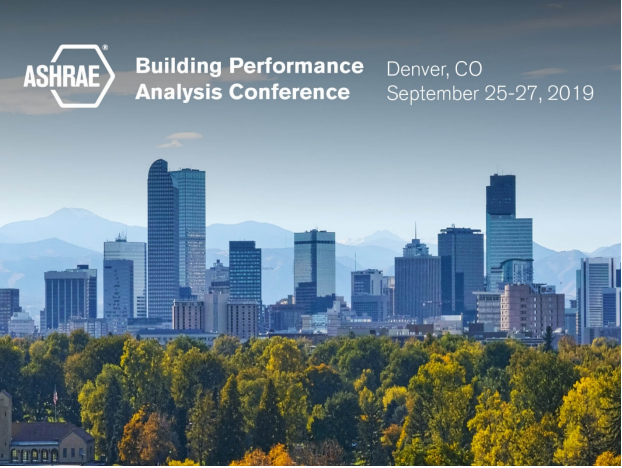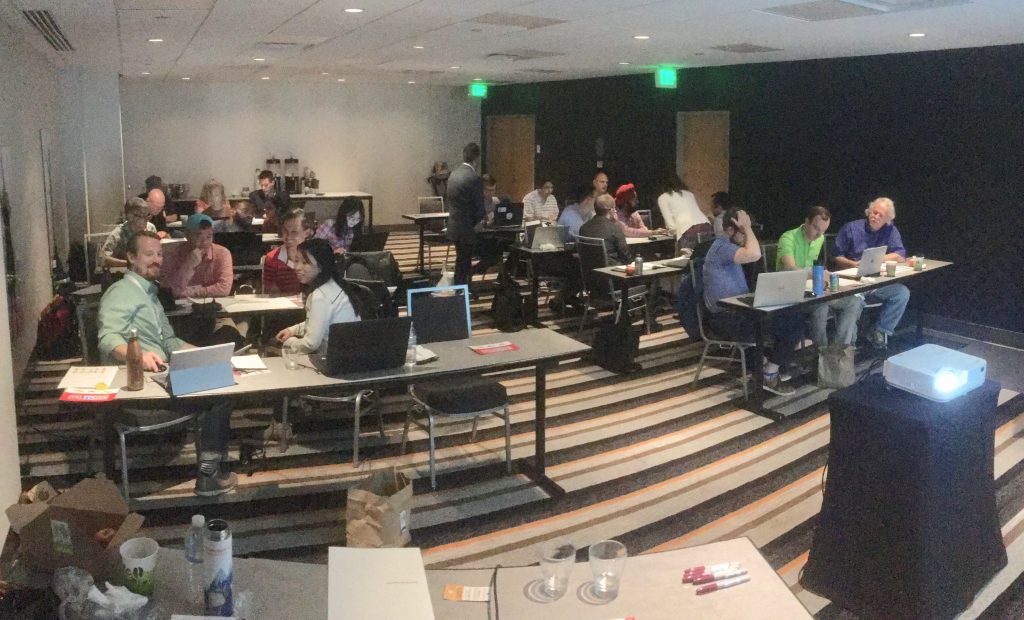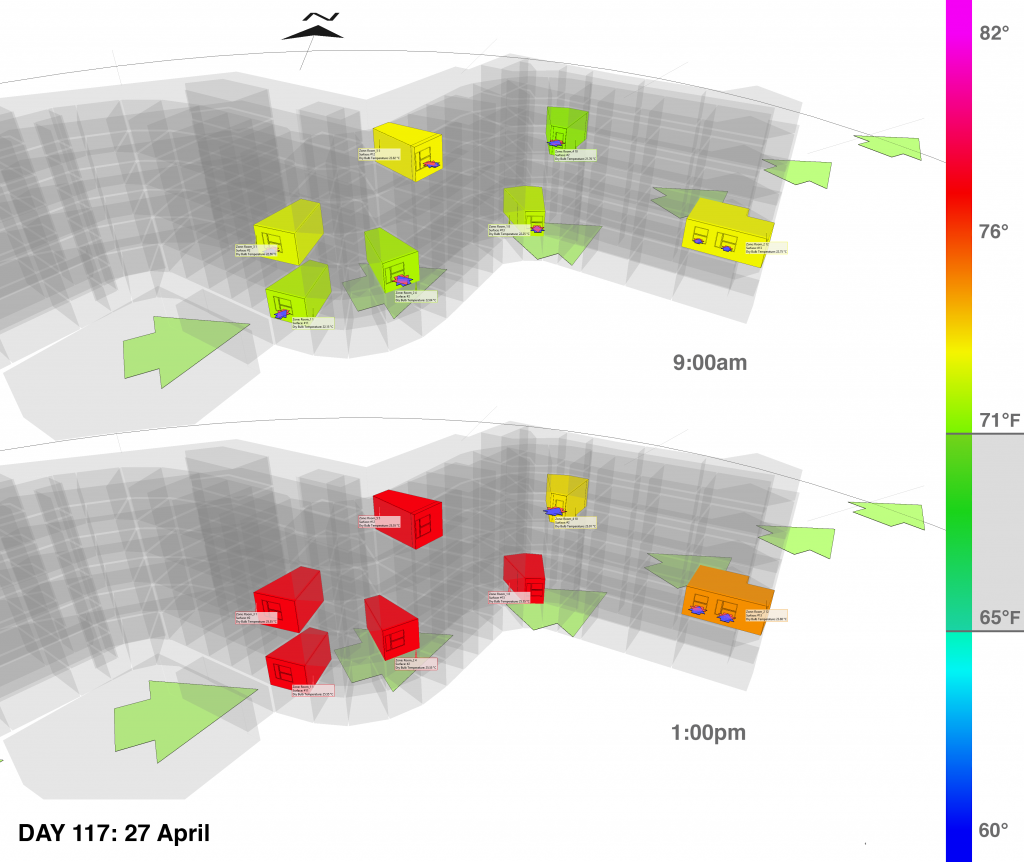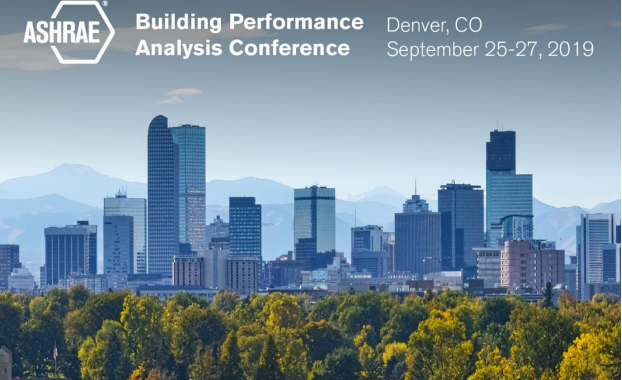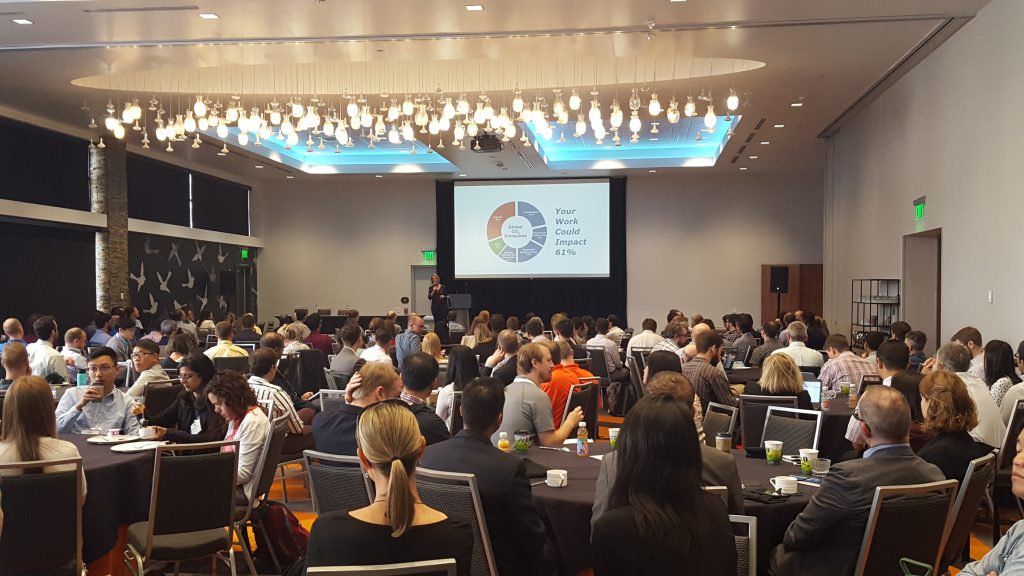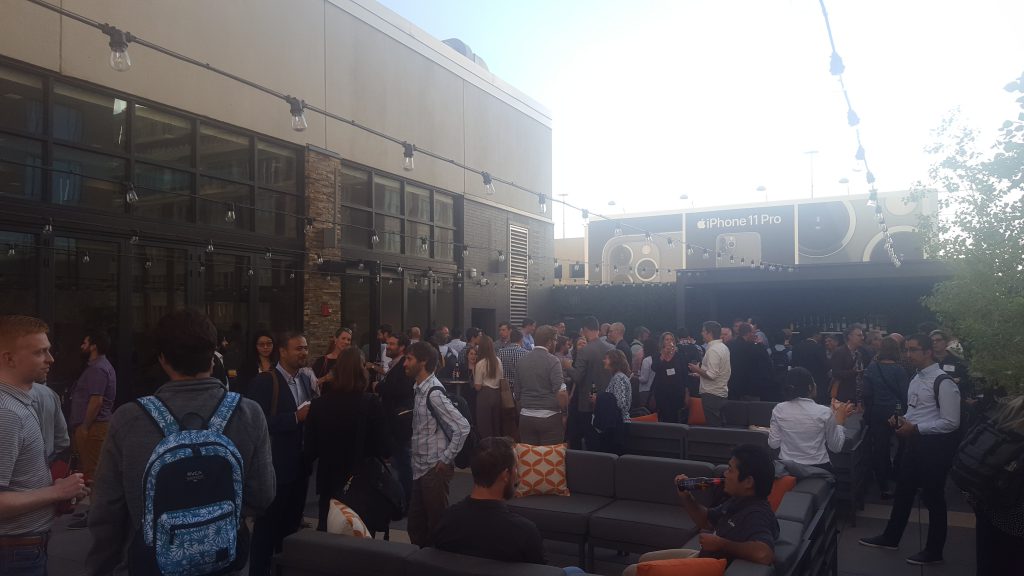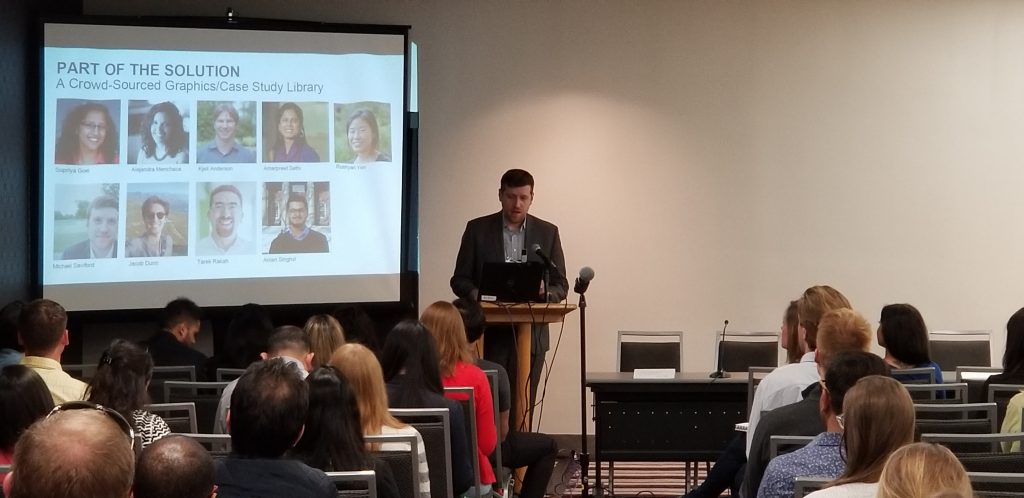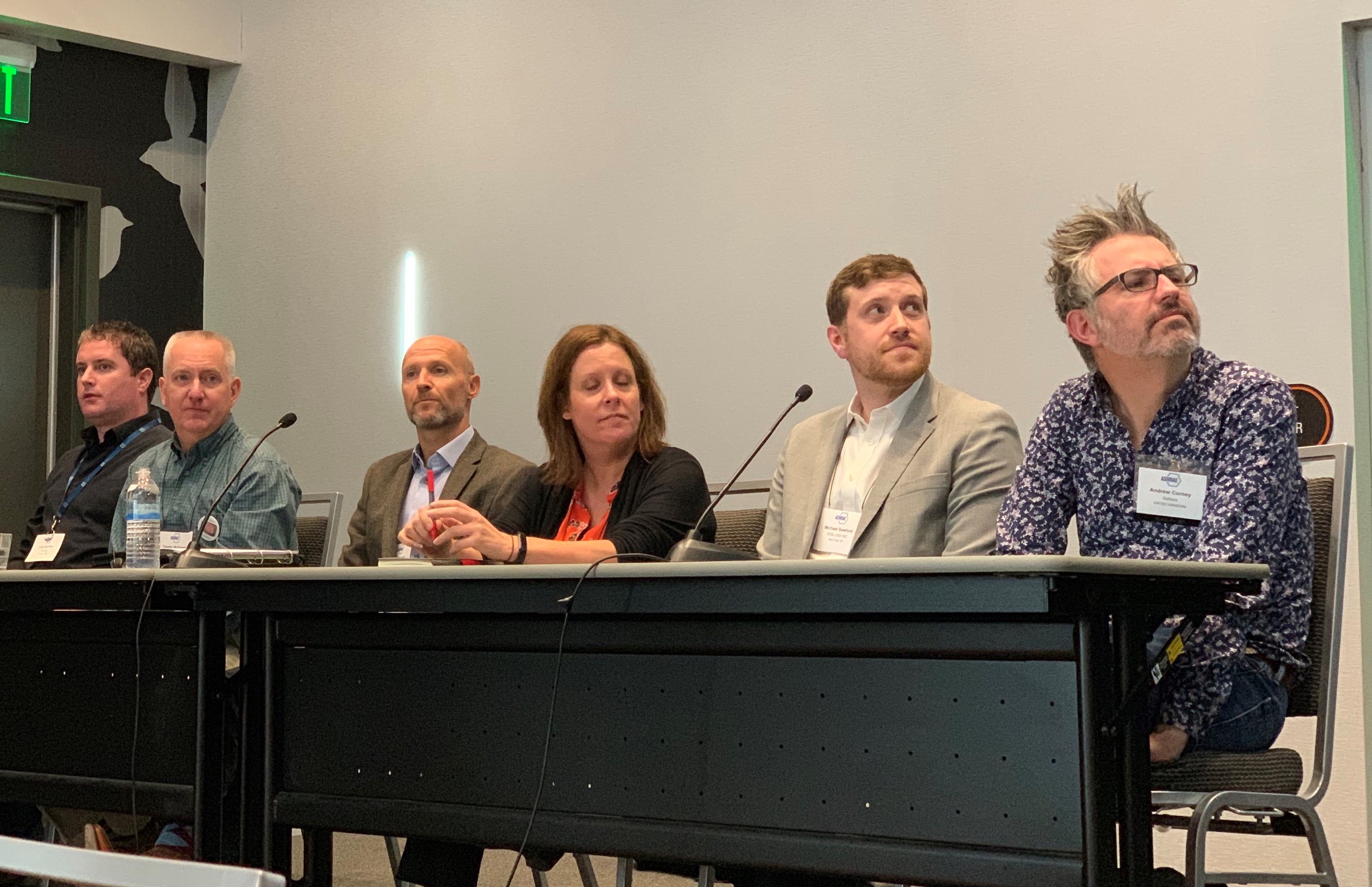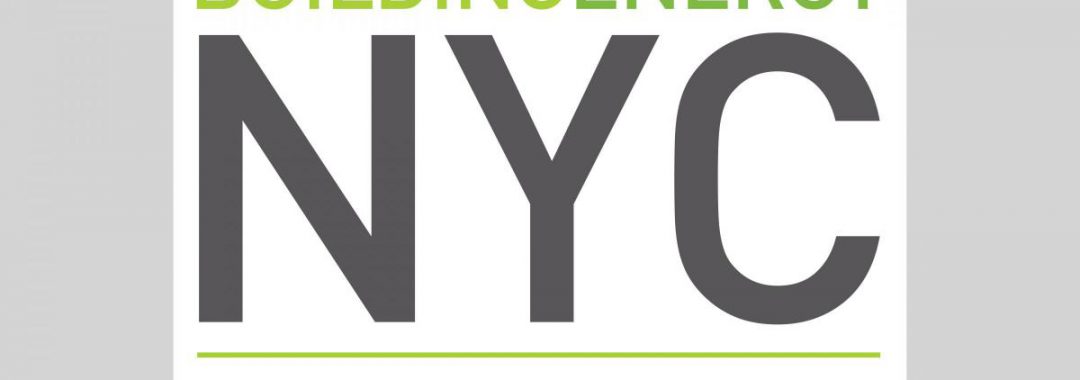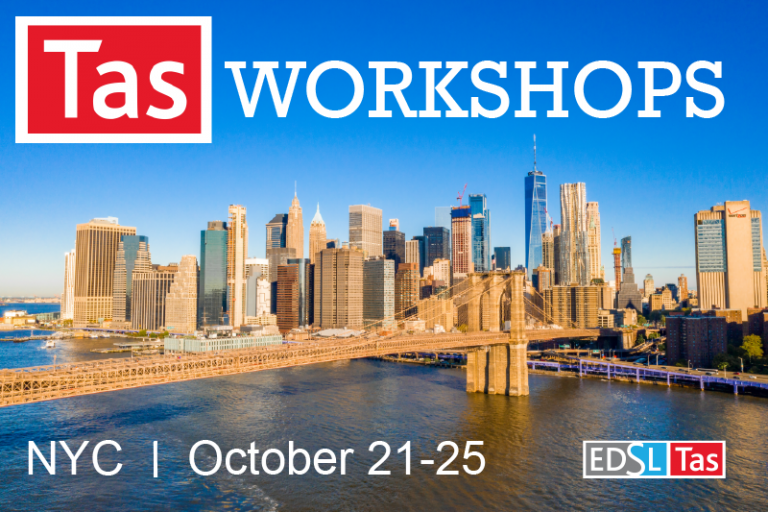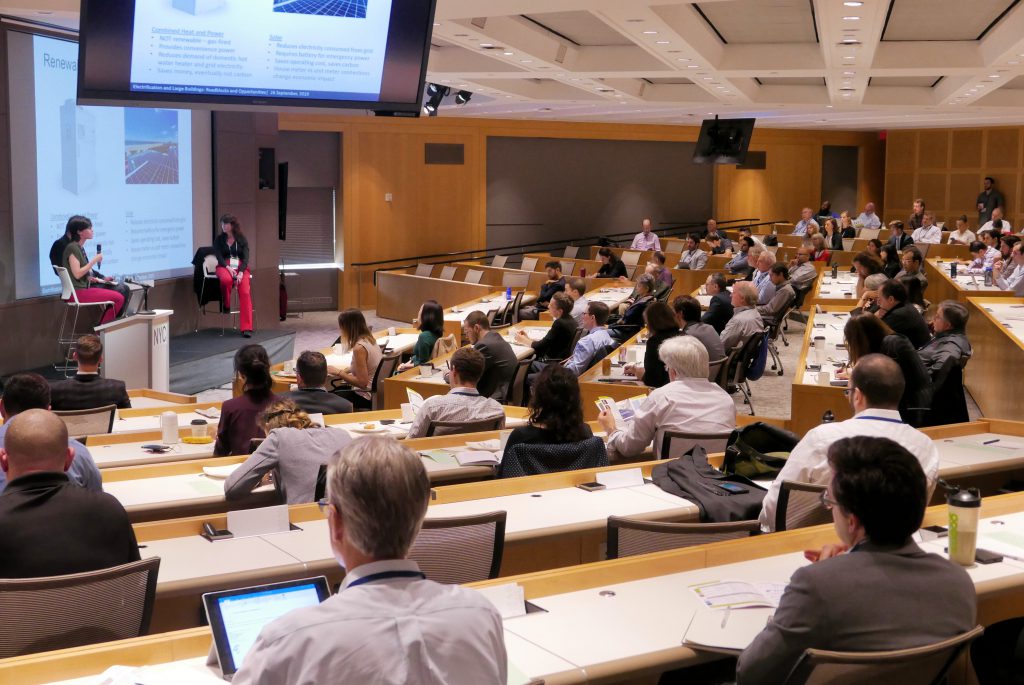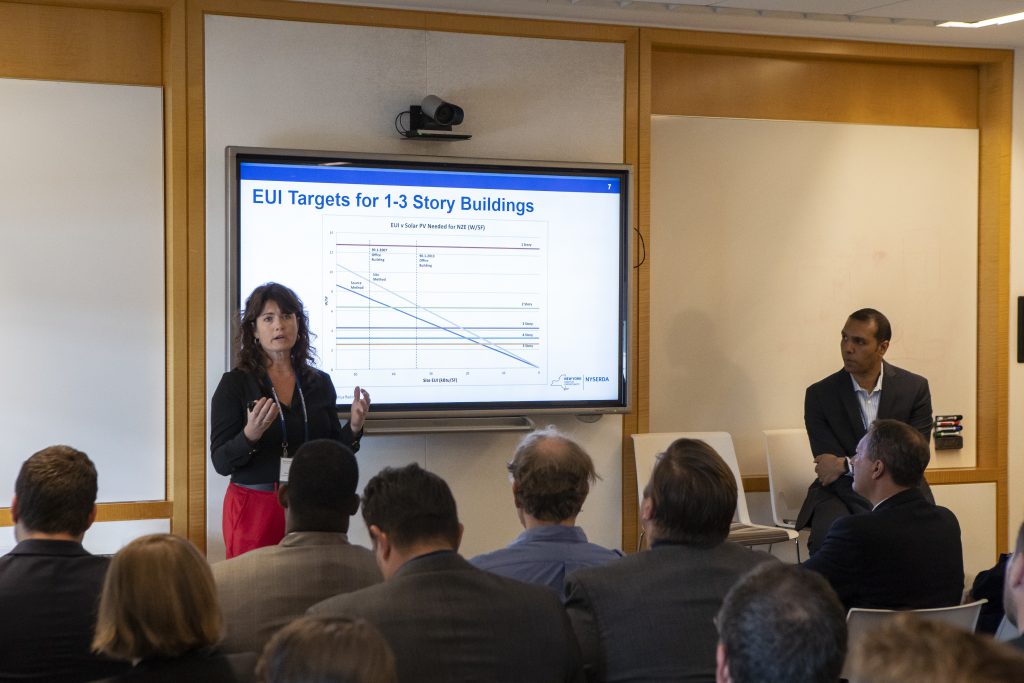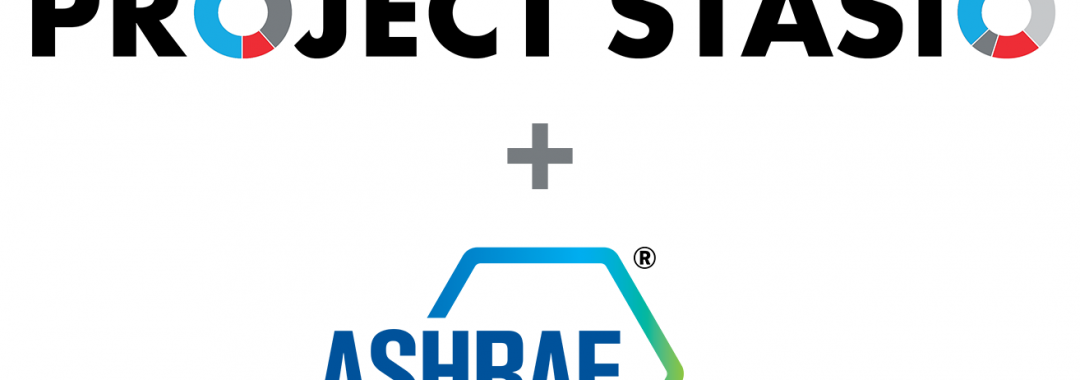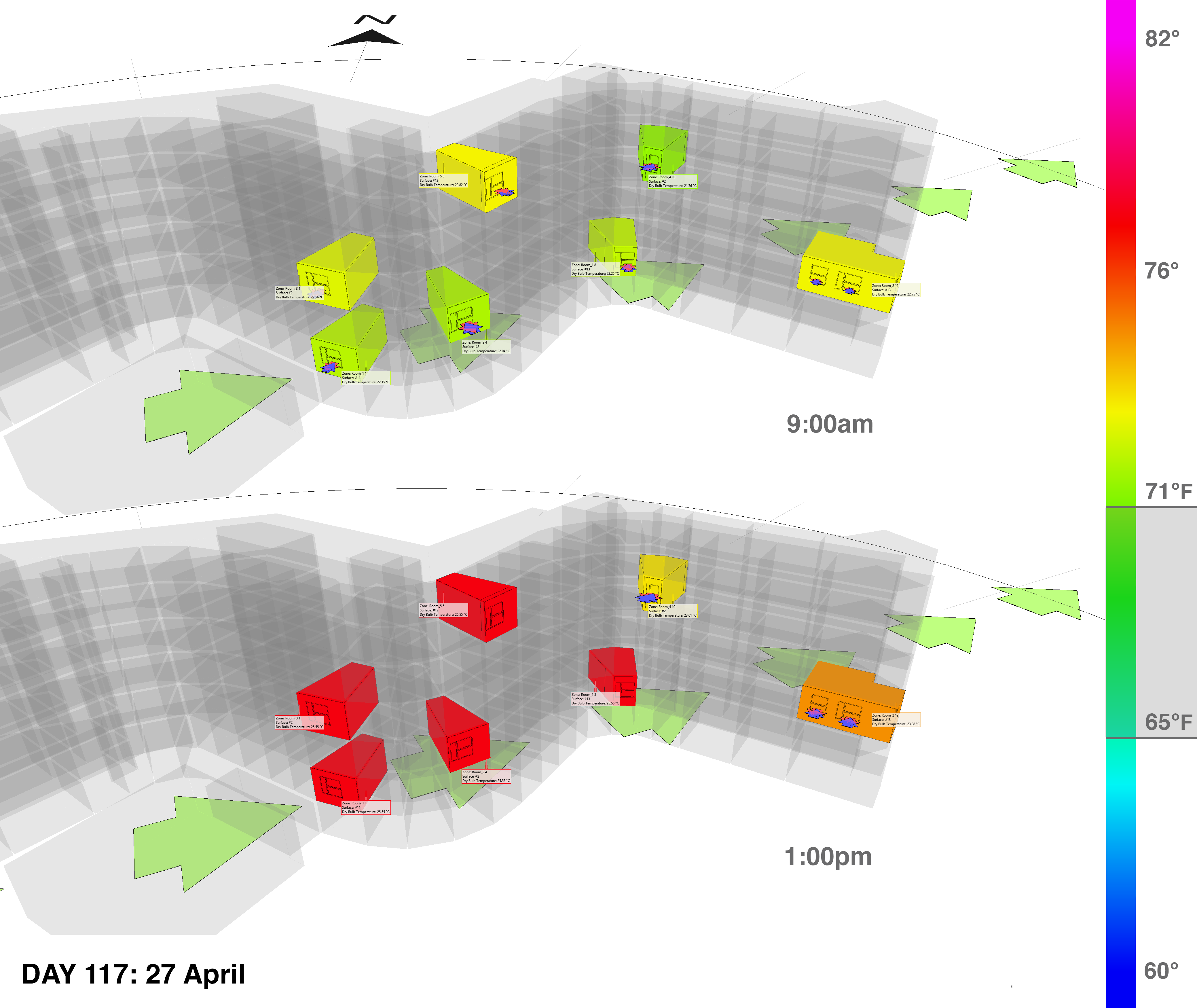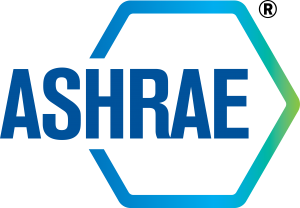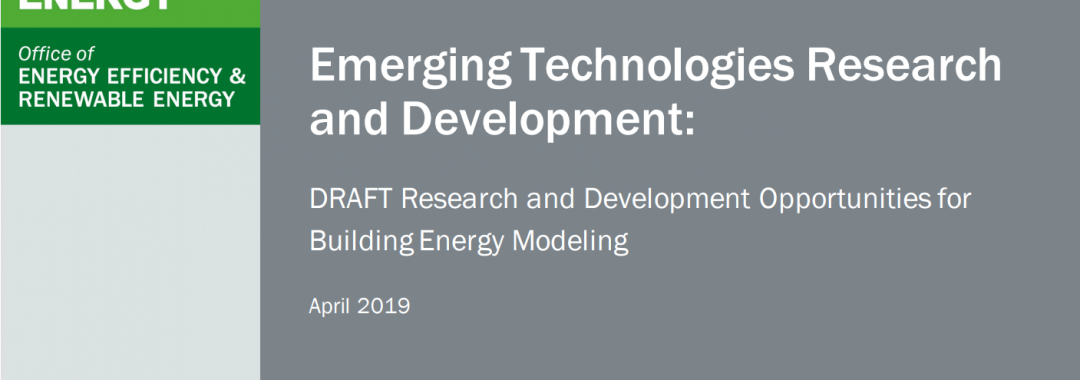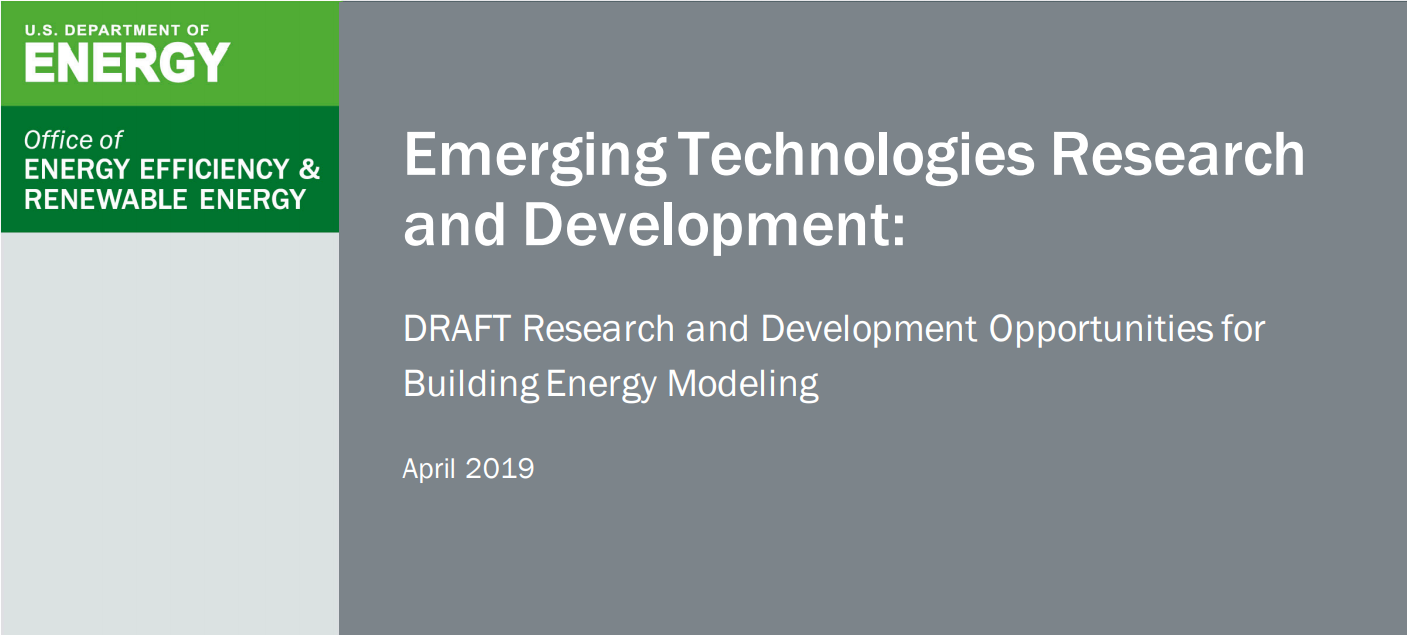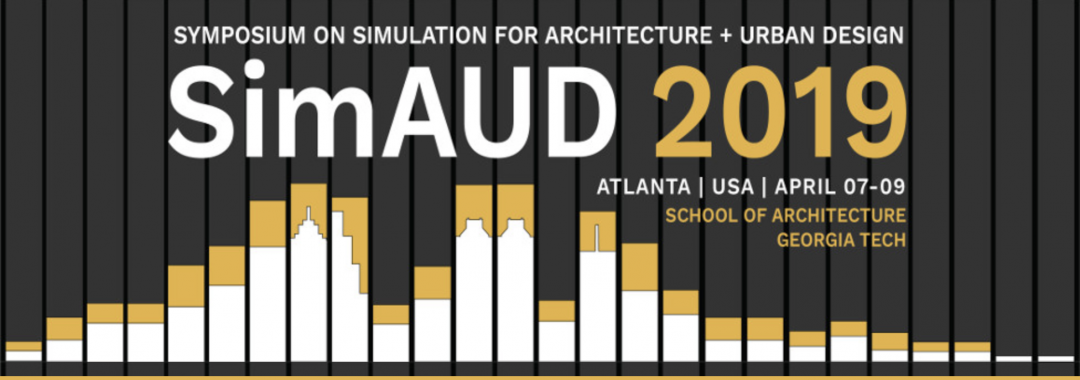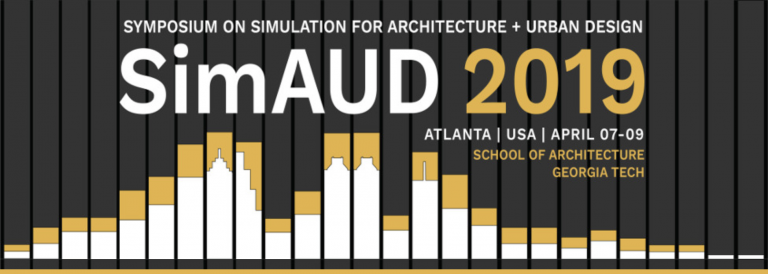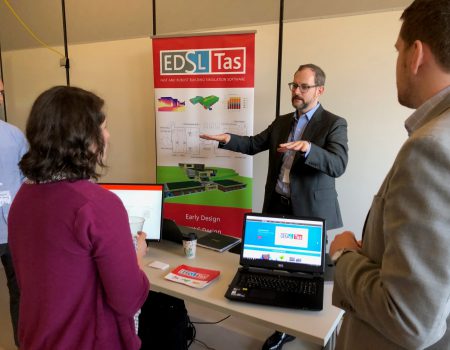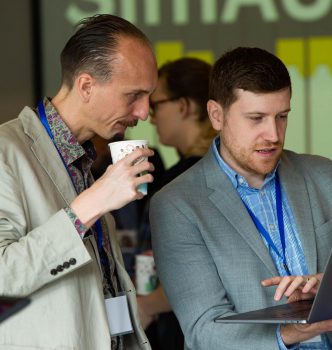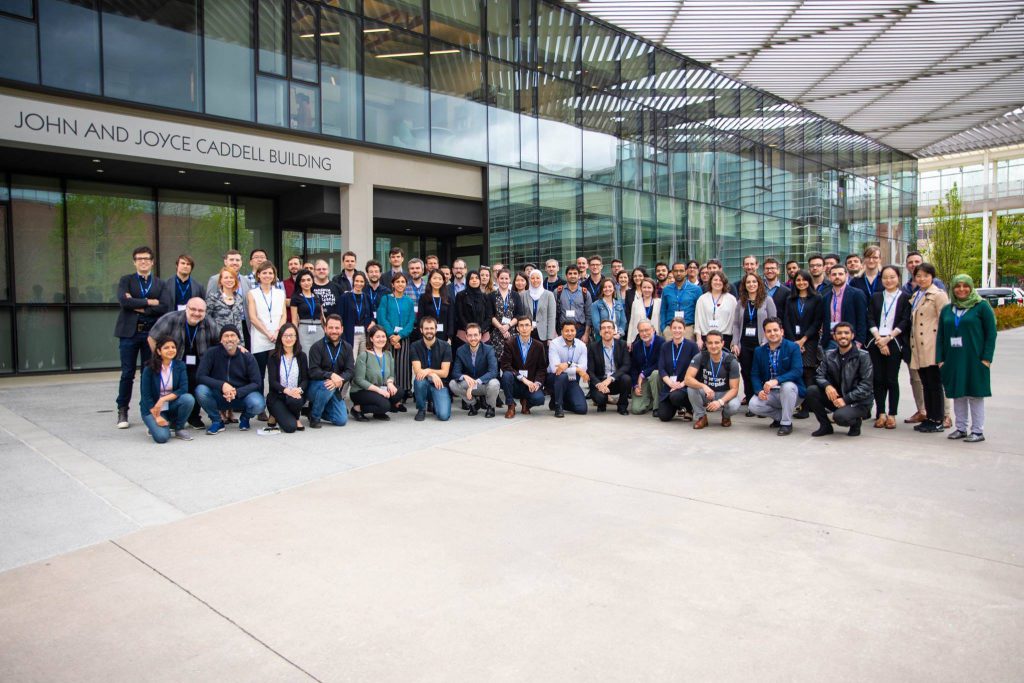2020 BPACS : Very different, but still very good
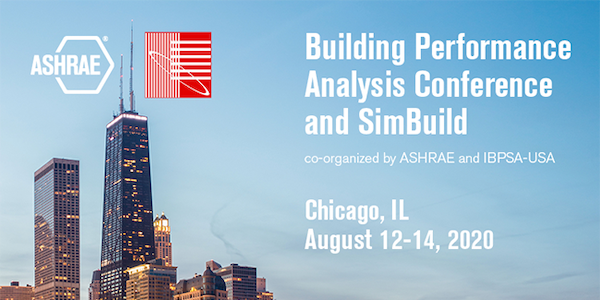
Earlier this month we participated in this year’s online version of the IBPSA/ ASHRAE Building Performance Analysis Conference/ Simbuild, or BPACS for short. Sincere thanks to the organizers and volunteers, and to ASHRAE and IBPSA for being able to make a quick pivot from an in-person event to an online one.
This year, the majority of the presentations were not held live, but were prerecorded. There were live Q&A portions scheduled at the end of each section which provided a degree of interactivity between the presenters and attendees. While this arrangement took some adjustment, the prerecorded sessions allowed for more comprehensive review and timeshifting – something welcomed for those having to juggle responsibilities while working. Content-wise, the conference upheld its reputation for insightful research and a vibrant, engaged community of industry leaders. It will be interesting to see how future in-person conferences are structured, and how the in-person and virtual approaches may be hybridized.
EDSL were honored to present our research on multiobjective optimization with our friends at ESTECO. Our proof-of-concept demonstrated a workflow between Tas and ModeFrontier to optimize thermal efficiency and occupant comfort by adjusting building orientation and natural ventilation options. We will be expanding our studies and sharing the results soon – keep an eye on our website for updates.
Finally, congratulations to this year’s award recipients – Alstan Jakubiec, Nathaniel Jones, Timothy McDowell, Lisa Ng, Tarek Rakha, and Michael Wetter, and Baumann Consulting. And thanks to the LowDown Showdown participants for developing thought-provoking projects.
